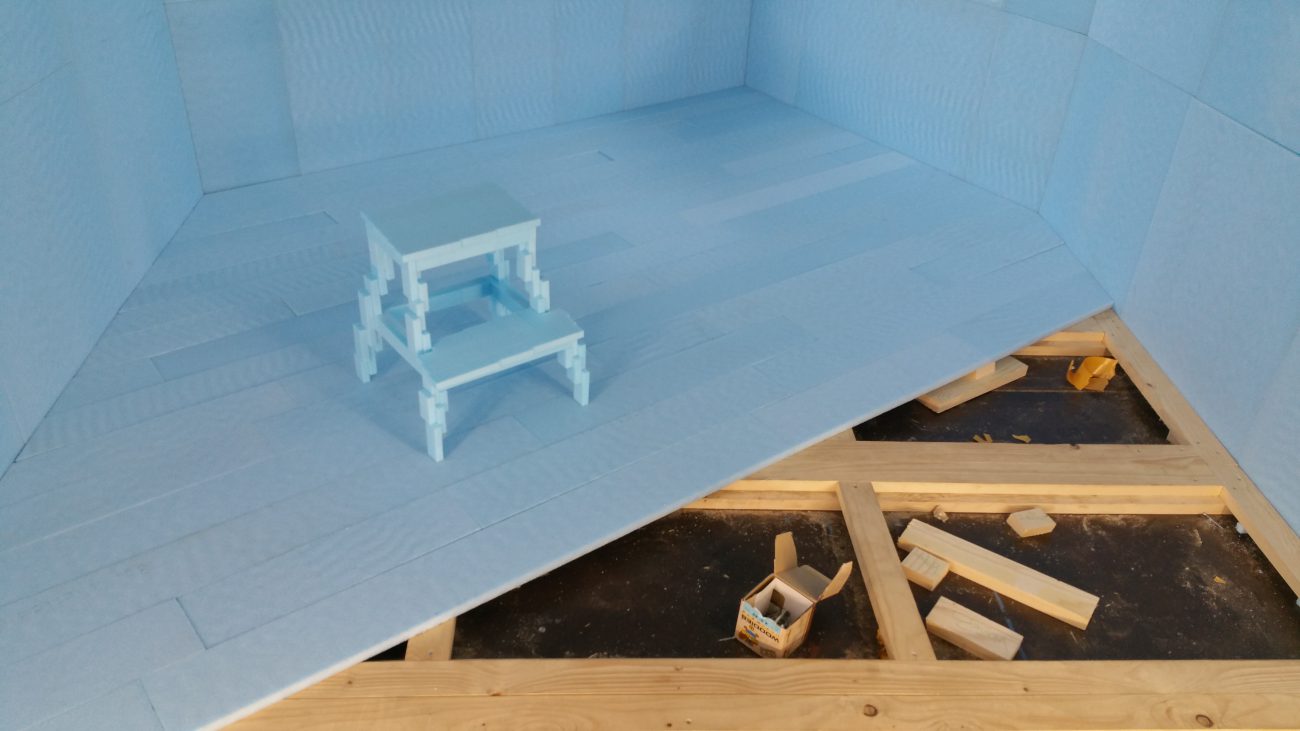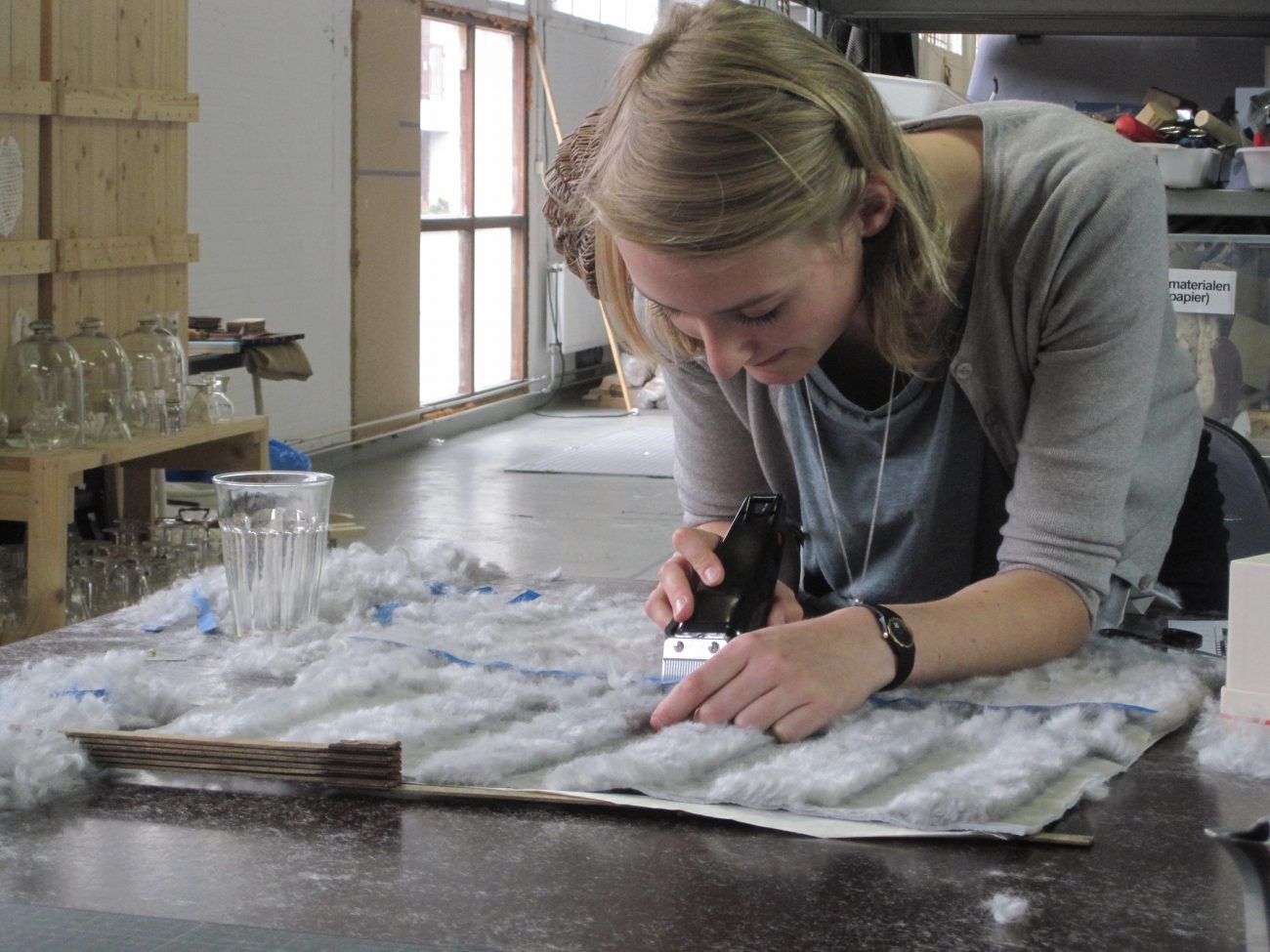howmayihelpyou.nl is a digital library that delves into the phenomena, people, things and places developed by Studio Makkink&Bey. beep. In order for new dialogues, commissions and collaborations to occur. beep. beep. This digital publication is initiated after fifteen years of artistic services, during which the collective has performed works in various domains such as product design, interior architecture, beep, exhibition design, curating, applied arts and public space. beep. beep. Compile a logbook. beep. Zooming in and out from product scale to urban planning. beep. Did the invention of elevators give rise to the skyscraper, or did high-risers necessitate elevators? beep. beep. Various edited logbooks are available. Ka-Ching. Do you want your receipt with you, or in the bag? Have a nice day.
Harvest what you sow
Essay by researcher Sophie Krier
The way forward is to learn, again and again, how to harvest what you sow. It all starts with observing interaction on site and finding room to manœuvre. Walking slowly. Working from the margins – helping to make them bear fruits. Spotting laundry along the road. Washhouses. A porcelain bucket. Giving the world back to innocence and imagination.
Scrap pieces, found, to be re-used. Packed and unpacked. Worlds unfolding under the table, off the books, through the back door: someone told me we live in a world that thrives with informal possibilities. A world that ignores official deadlocks. A world of abundance, not scarcity. Someone told me that the way forward is not to tiptoe your way through life, afraid of doing wrong. The way forward is to learn, again and again, how to harvest what you sow.
A model world.
If the economy of a project isn’t realised, the project isn’t realised. It was Joseph Beuys who once said this to visual artist Louwrien Wijers [1], who worked alongside him between 1968 and 1986. Money has to flow. If it gets stuck somewhere, it will cause a disease. Beuys typically put his ideas directly into practice: he always kept stacks of banknotes in the pockets of his vest. Regularly, he would redistribute the money to whoever was present in the room. In the same way, energy needs to travel in, out and between our bodies. If accumulated, it can cause malfunctioning.
Models for travels through paradise.
The word economy stems from the Greek oikonomicos, referring to governing, taking care of a household. In the mid 17th century the term referred to a judicious use of resources. Oi-ko-no-mi-cos: such beautiful syllables could be hummed as a healing mantra. Instead, they got stained with the lure of money making for the sake of money making. But stains can be washed clean. Thus, let’s reclaim the term economy and make it beautiful again. Let’s breathe new life into the Principe d’Économie Poétique (the principle of poetic economy) formulated by artist Robert Filliou (1926-1987). Filliou described himself as a genius without talent; he dedicated his life’s work to the celebration of innocence and imagination as vital agents of permanent creation; Création Permanente. To illustrate the continuously expanding principle of the universe, he made a stamp saying Création Permanente-Principe D’Équivalence: Bien Fait = Mal fait = Pas fait (Permanent Creation-Equity Principle: Well Made = Badly Made = Not made). Filliou used this stamp as a tool to allow multiple manifestations of a thought to emerge. He noted that every idea should be ‘well made’, ‘badly made’ and ‘not made’ three times.[2]
Installing disorder and sending it to heaven.
Permaculture is a way of working the land that enhances biodiversity – that uses life to create life – in contrast to the massive soil impoverishment engendered by monoculture. Absorbing and creatively responding to change is one of twelve tentative principles used. Storing and collecting energy, producing a yield, prioritising renewable resources and services, integrating functions rather than separating them, privileging small-scale solutions and patience, making use of available interfaces and margins are daily practices that the ‘permaculturist’ trains with heart, hands and mind.
It all starts with observing interaction on site and finding room to manœuvre.
Walking Slowly. Working from the margins – helping to make them bear fruits.
Spotting laundry along the road. Washhouses. A porcelain bucket. Cleaning what is stained, or making stains beautiful. Letting miniature cleaners, embroidered stitch by stitch in colourful yarn on a white apron, guide our fingers.
Building a water school so that children can teach us about water[3].
Giving the world back to innocence and imagination.
Giving the world back.
Giving.
1 Louwrien Wijers (1941) is a visual artist who organised the remarkable series of conversations ‘Art meets Science and Spirituality in a changing Economy’ in the Stedelijk Museum Amsterdam in 1990 with guests such the Dalai Lama, Robert Rauschenberg, John Cage, J.C.J. Vanderheyden, Mother Tessa Bielecki, Lawrence Weiner and Marina Abramovic. In 1992 she published ‘Writing as Sculpture’, a collection of her interviews. http://www.louwrienwijers.nl/
2. http://www.fondationdudoute.fr/artiste/7/1584-presentation.htm
3. https://challenge.whatdesigncando.com/projects/water-school/
ABOUT THE ESSAYIST
Sophie Krier (LU / BE), artist and researcher, develops tools for collective narration and reflection. Through her situated practice, she invests herself in education, research and interventions in public space at the intersection of art and deep ecology. In 2008, she initiated Field Essays, an ongoing research project in which she brings together artistic practitioners and thinkers in an effort to bridge the various forms of knowing intrinsic to their practices, published by Onomatopee. Krier currently directs Art & Design Practice: a program in the spirit of Liberal Arts & Sciences, which she developed on invitation of the University College Roosevelt (NL). She is an associate researcher at Ensadlab, Paris.

































